Examining copyright decisions made toward Stable Diffusion and Midjourney
The Beijing Internet Court recently issued a first instance judgment on AI-generated artwork, finding copyrightable elements in an image created using Stable Diffusion. This is the first time that China's courts have rendered a ruling on AI-generated image artwork. In contrast, earlier in February 2023, the US Copyright Office made a decision and deemed the images generated by AI drawing tool Midjourney ineligible for copyright, underscoring the importance of human authorship in copyright law.
By igniting debates on AI-generated content (AIGC) copyright, these two cases encourage us to critically examine the interplay between human and AI contributions to creation.
Yet, when comparing Stable Diffusion and Midjourney, the creative process feels very similar. Users set prompts and adjust settings, then choose from AI-generated images to refine further by tweaking inputs until they reach a satisfying final artwork. What, then, has led these two authorities to reach contrasting decisions?
The key question of authorship
The fundamental principle behind copyright in both the US and China centres on originality and human authorship. Only works with demonstrably original elements created by a human author can be copyrighted, and machines cannot be the author.
A key question to answer when determining copyrightability for AIGC is, therefore, how much the end result demonstrates the involvement of human intelligence and whether the process of creation is determined and controlled by a human. We can see different approaches and focuses emphasised by the China court and the US Copyright Office.
The court in China recognised the significant human involvement invested by the plaintiff Mr Li, a blogger, in generating the image. It emphasised Li'spersonal will and selections in the process of creation, when he set out prompts and parameters, and made choices among the images generated from Stable Diffusion, which made his final image different from the ones made by others. It confirmed Li's artistic vision and decision, validating the intellectual work he invested.
The court concluded that, despite the use of an AI model, it would not impact the copyrightability of the final result generated, as the AI model was defined as "a tool to support creation by a human".
The Chinese court compared the AI model to a camera, highlighting its function as a tool that translates human intention into artistic output. The court's rationale was that, while the process required less human labour as the result of technological advancements, this should not stop us from using copyright to encourage machine-assisted creativity.
Unlike creators in work-for-hire situations, who interpret instructions and make artistic decisions to execute the vision, AI models lack the agency to be considered authors under copyright law due to their lack of independent will. Consequently, the user employing the AI should be recognised as the copyright holder.
Illustrative screenshot of the creation process in Stable Diffusion case
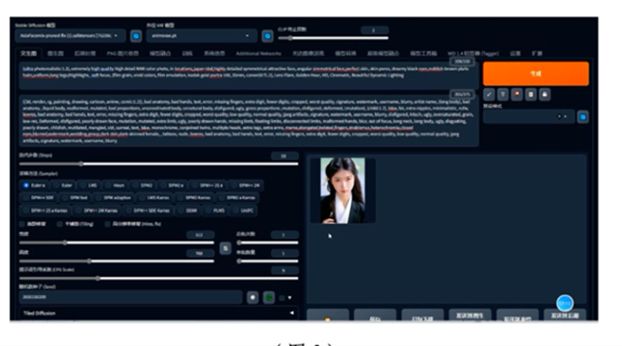
Insert prompts
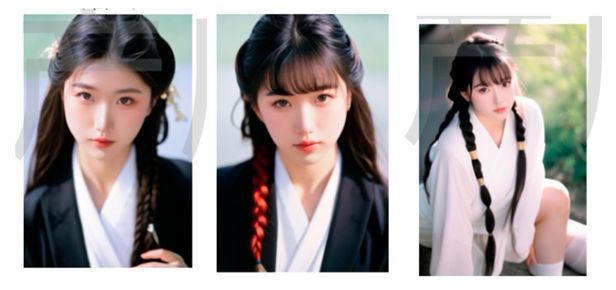
Images produced during the process, round by round
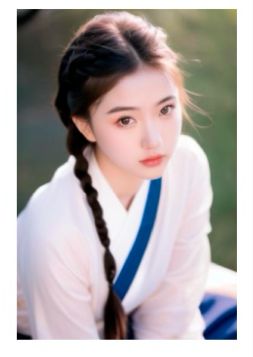
Final image
By contrast, the US Copyright Office's evaluation of AI art tools like Midjourney highlights the limited control users have over the final artwork, and put more weight on the AI model's role in generating the images.It determined that the substantial gap between user prompts and the AI-generated images leaves users lacking the creative control necessary to be considered the legal authors.
The US Copyright Office concluded that the AI-generated images lacked the necessary human creative spark, viewing them as mere outputs of an automated process, and thus ineligible for copyright protection.
It also compared AIGC to works made-for-hire, highlighting similarities that the user of AI model (instructor) is not the one who directly forms up the work, and is not entitled to the authorship.
Illustrative screenshot of the creation process in Midjourney case
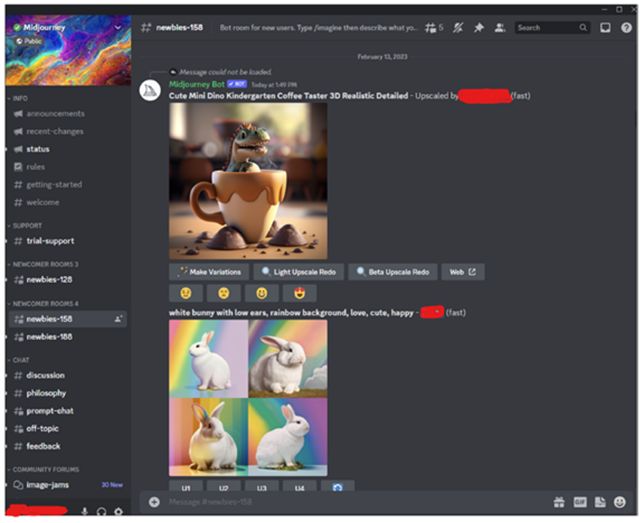
Prompts and the generated 4 images for selection
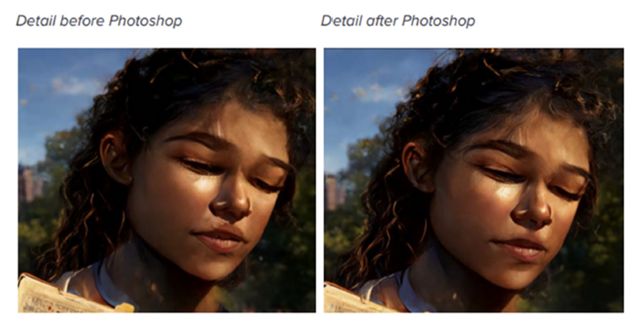
AIGC image on left, image after human editing on right
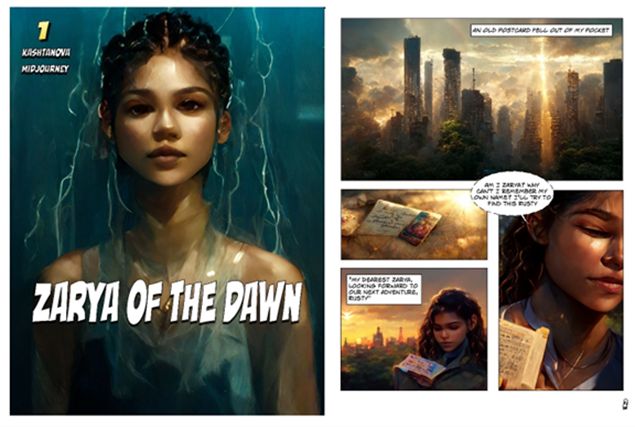
Final images in the comic book
Critical interplay between AI and human contributions to creation
Compared with machines invented in the past, generative-AI is apparently more "intelligent". On one hand, it is desirable that AI models are smart enough to reduce the burden of human labour in creation, while on the other hand, if an AI model is too smart to move beyond human control, it would trump the authorship of a human in the process of creation.
Looking into how Stable Diffusion and Midjourney are working at current stage, I tend to agree that human users still undertake a substantial and critical role in guiding and deciding the final outputs, and that creations demonstrate the selection and artistic vision of a human.
That being said, one issue remains unsolved in context of copyright regime, as it is challenging for users to predict and repeat the creation. Even if by inputting the same prompts and parameters, it may not necessarily lead to the same image output. This would affect the human "control" level.
Regardless, the rapid evolution of AI necessitates the emergence of more sophisticated and dynamic copyrightability frameworks, paving the way for potentially transformative conclusions regarding authorship and ownership. Currently, copyright regimes still provide the most suitable or closest framework to protect AI-generated works, and it is possible that by adopting copyright rules, we could further encourage generative-AI technology to be developed as more predictable and controllable by human users, without compromising on its intelligence. This also conforms to the ethical pursuit of AI technology.
Moving forward, if it is still difficult to accommodate AI-generated content within the spectrum of copyright, it could be worthwhile exploring another, bespoke, regime – just like how it has been discussed for database rights.
All in all, the widespread adoption of generative AI is inevitable. To foster responsible innovation and safeguard creativity while ultimately benefitting humanity, we need an appropriate legal framework that protects and regulates the use of generative AI and AIGC.
This article was first published by Intellectual Asset Management in January 2024.
The content of this article is intended to provide a general guide to the subject matter. Specialist advice should be sought about your specific circumstances.

